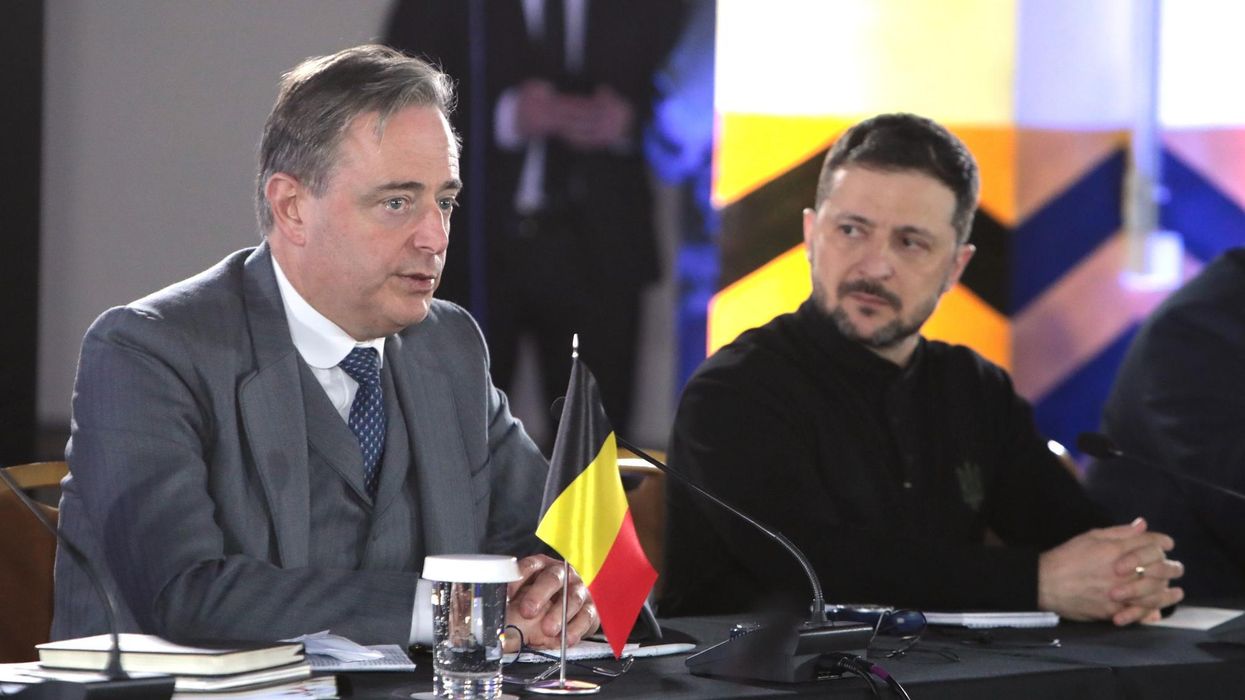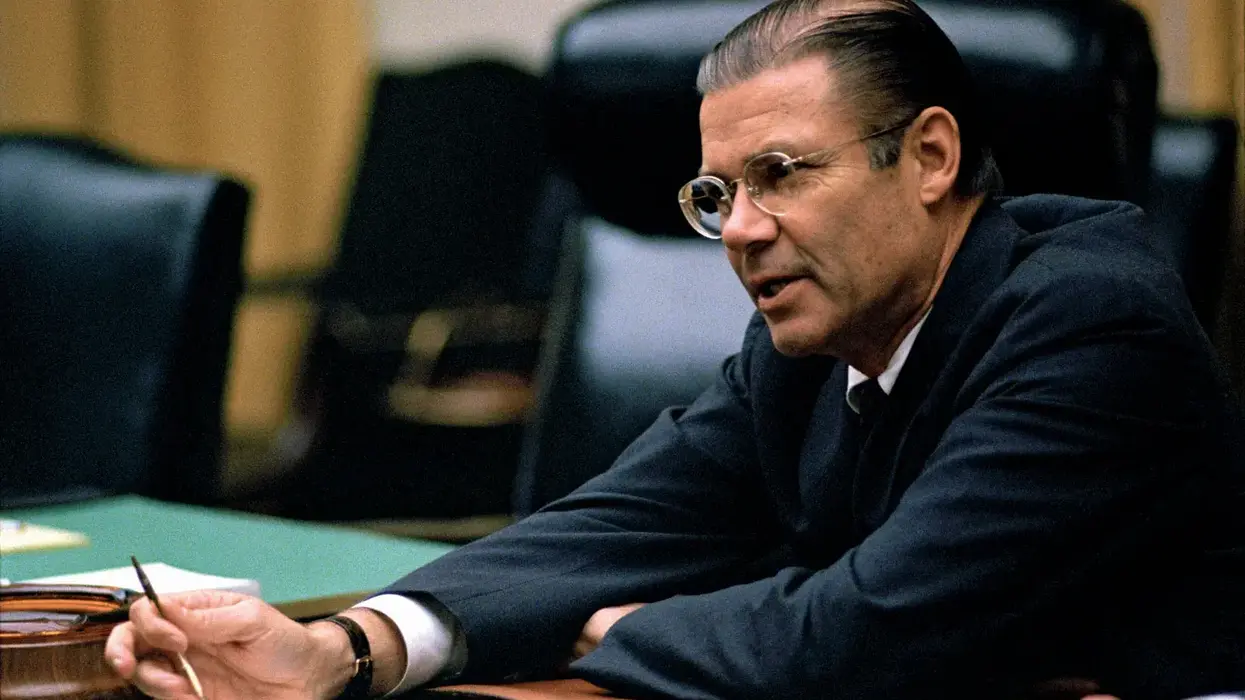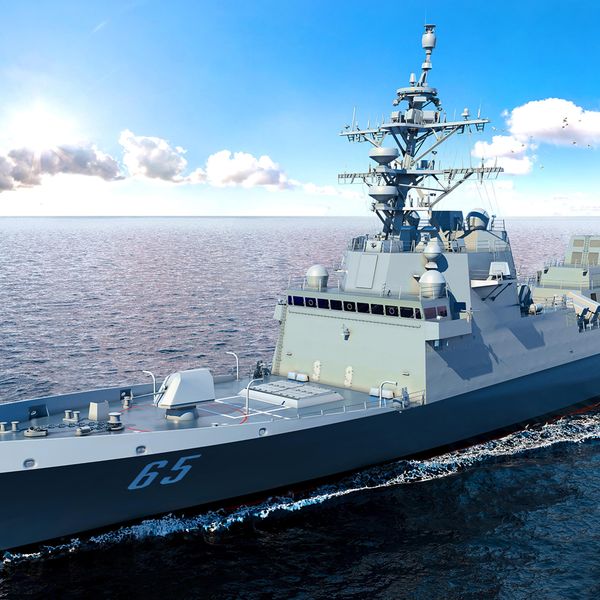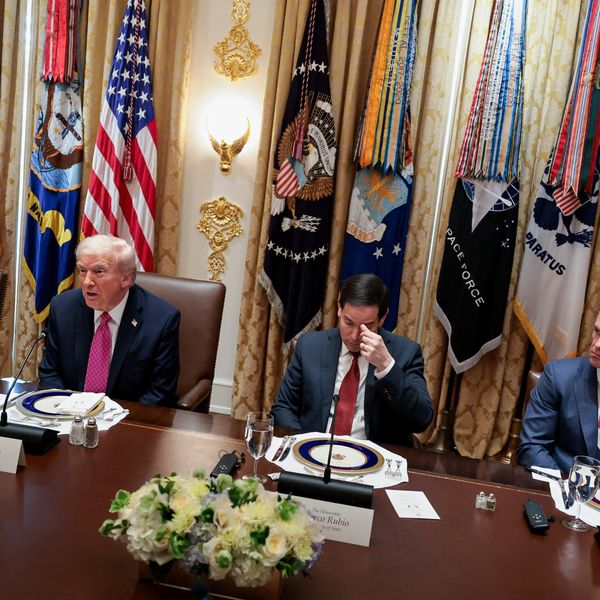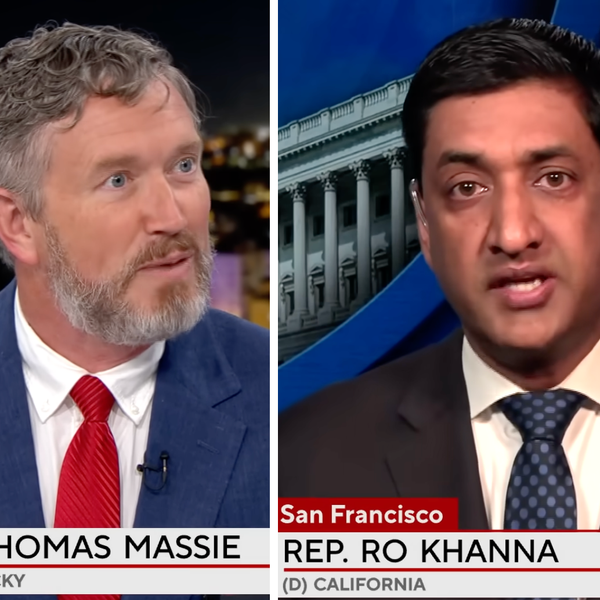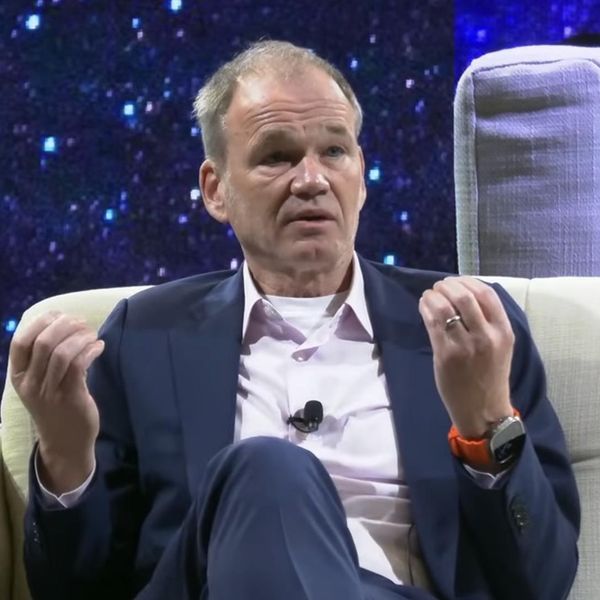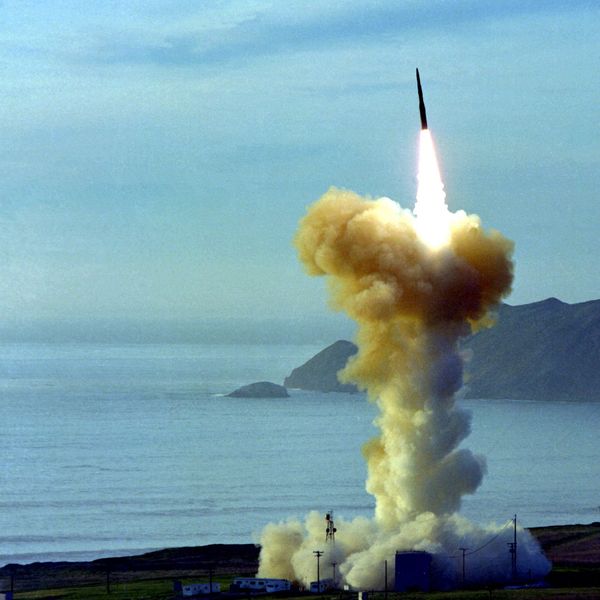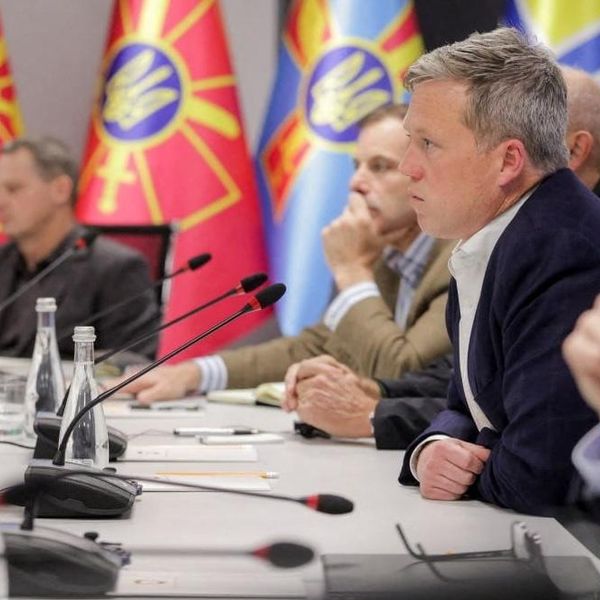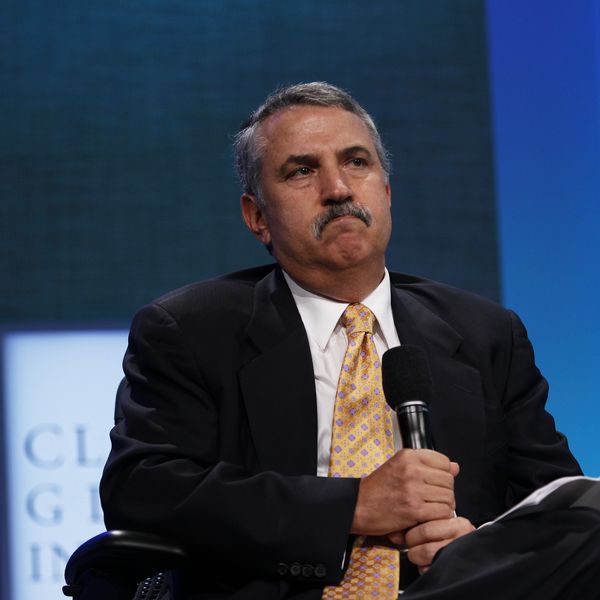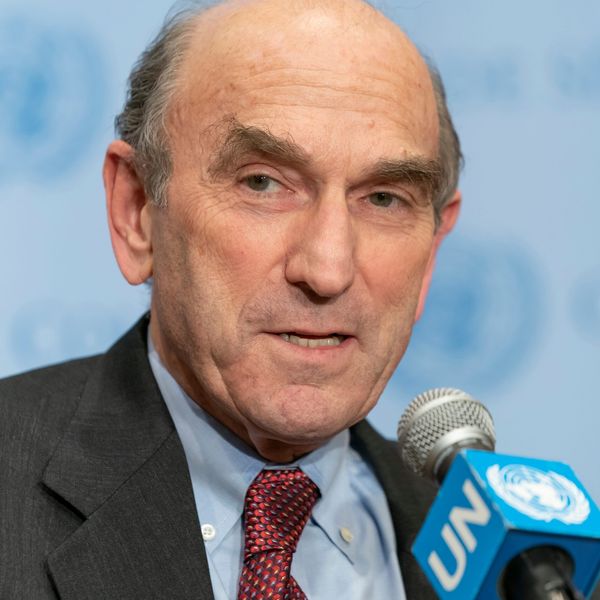Since the beginning of the Syrian civil war in 2011, some seven million Syrian refugees became human pawns in what is increasingly a regional power struggle. Their plight only became a matter of high policy in European capitals when waves of refugees provoked populist backlashes that threatened elected governments. The 2016 agreement between the European Union and Turkey was meant to end––or at least attenuate––this situation. European leaders secured a halt to further massive surges of Syrian migrants, but, in return, Russia and Iran became the effective masters of Syria’s political fate. Focused on securing a nuclear deal with Iran and determined to avoid getting sucked into the Syrian conflict, the Obama Administration accepted the EU-Turkey agreement as a fait accompli. President Donald Trump then took Barack Obama’s Syria policy to its logical conclusion by pushing for a total withdrawal of US forces from the country, after what he presumed, and advertised, was a full victory over the so-called Islamic State. His fraught relationship with European leaders notwithstanding, Trump and his estranged western allies wagered in 2019 that however tragic, Syria’s internal bloodletting would no longer pose a major security, social, or political threat to Europe.
This, however, proved to be a pipe dream. Turkey’s leaders were left with more than 3.5 million destitute Syrian refugees on Turkish soil. They also bore this burden in a region whose ultimate arbiter had become Russia. A master of political adaption, Turkish President Recep Tayyip Erdoğan crafted an accommodation with Russian President Vladimir Putin. But this “eastern shift” away from the West was a tactical maneuver that hinged on the ability and readiness of Russia and Turkey to manage the inconvenient reality that they were still at loggerheads regarding the ultimate political and geostrategic future of Syria.
Nothing illustrated the costs of the tactical accommodation between Russia and Turkey more effectively than the February 28 air strikes that killed 33 Turkish troops along the border of Syria’s northwestern Idlib province. This action came on the heels of Ankara’s establishment of several new military posts on the Syrian side of the border. This move, which was evidently meant to deter Syria from pursuing its campaign to crush the last bastion of the Syrian opposition, in fact prompted Russia to allow Erdoğan to get a bloody lesson in the limits of Turkish power. Although Putin and Erdoğan met on March 5 and reached an arrangement—the third in two years—on a cease-fire in Idlib, it should not be assumed that their pact will hold more than a few weeks or months.
Meanwhile, nearly a million displaced Syrians are seeking shelter across the Turkish-Syrian border. This is more than Ankara can bear. Thus, it has allowed Syrian migrants to make their way toward Greece in a clear bid to compel the EU and/or NATO to provide large-scale humanitarian relief. Such grim events demonstrate the futility of trying to build a fire wall between the Syrian conflict and Western Europe. Sadly, however, the rapid-fire spread of the global coronavirus pandemic has ensured that Europe will not—and perhaps cannot—intervene to help Turkey or Idlib’s terrorized people. As the Trump Administration struggles to prevent a mounting health crisis at home, it has neither the means nor the will to assist a Turkish government that seems to have suddenly, and conveniently, remembered that Turkey is a member of NATO.
Erdoğan’s grand aspirations collide with Russian reality
The latest developments in northwestern Syria beg the question regarding Turkey’s aim in Syria. In fact, Ankara’s Syria policy has been constantly changing in response to regional dynamics, in general, and to the evolution of Russian policy, in particular. Thus, tactical maneuvering has often obscured or even undermined Turkey’s larger strategic calculations. In the wake of the 2011 Arab revolts, Ankara backed a fractious Syrian opposition that was increasingly subjected to domination by jihadist forces. But the catastrophic escalation of the Syrian conflict in 2015––which owed much to Moscow’s fateful decision to rescue Syrian President Bashar al-Assad’s regime—induced Ankara to find tactical common ground with Moscow and Tehran. Indeed, Turkey joined the Astana process, a Russia-led effort that provided a diplomatic shield for the Assad regime. Apparently, Turkey wagered that it could support (or acquiesce to) Russia’s diplomacy and still secure a final Syrian settlement acceptable to it and to Syria, Russia, and Iran. As it turned out, these expectations were unrealistic, making the question about Turkey’s aim in Syria more salient.
Standing before the United Nations General Assembly on September 24, 2019, Erdoğan provided one possible answer. With the hoped-for support of the international community, Turkey planned to create a 300-mile-long safe zone that would stretch 20 miles into Syrian territory. Holding up a bright yellow map, Erdoğan explained that Turkey not only planned to facilitate the return of hundreds of thousands of Syrian refugees to this protected enclave, but it would also build some 200,000 homes together with hospitals, schools, and mosques. Thus, as one astute Turkish analyst noted, Erdoğan’s plan was meant to address several related problems in one fell swoop. For one, it would presumably solve the Syrian refugee crisis by returning millions of Syrians; this way, Ankara would bury its Kurdish foes in a sea of Sunni Muslim Syrians. However, the plan flew in the face of difficult realities, not least of which was the reluctance of Syrian refugees to return to a zone where they feared, with good reason, that they would never find real safety. Indeed, knowing that Erdoğan’s proposal would go nowhere, Moscow neither opposed nor supported it. Instead, Russia bided its time, knowing that whatever moves Turkey made in Idlib province, Assad’s forces—backed by Russian planes—would eventually retake this last bastion of the armed Syrian opposition.
Things fall apart
This, of course, is precisely what happened. In mid-February 2020, Erdoğan threatened to use Turkish forces unless Syria pulled back its troops from the cease-fire lines to which Russia and Turkey had agreed in September 2018. “These people are our brothers,” he warned, “and we will not abandon them to the mercy and persecution of tyrants.” In fact, Erdoğan claimed in language that now feels strangely haunting that “we are prepared to die for this if need be.” By this point, eight Turkish soldiers had already died after shelling by Syrian forces. Erdoğan responded by ordering retaliatory strikes and sending reinforcements into Idlib.
This move provoked Moscow to draw its own solid red line: on February 28, Syrian bombers killed at least 33 Turkish soldiers and wounded many more. While Ankara had no doubt that the planes were Russian-piloted, Erdoğan clearly felt he had no choice but to retaliate, even with the risk of a major confrontation with Moscow. On March 1, Turkey launched “Operation Spring Shield.” According to Turkish officials, its armed intervention resulted in neutralizing some 1,700 Syrian soldiers and destroying scores of tanks, military vehicles, and howitzers as well as other assets. Most ominously, on that day Turkey also downed two SU-24 Russian bombers. The Turkish defense minister asserted that Turkey had no interest in clashing with Russia but its aim was to stop the Syrian regime’s “massacres,” and radicalization and migration”; nevertheless, Ankara’s action raised the real prospect of precisely such a clash. The March 5 agreement between Erdoğan and Putin, which includes the reestablishment of Russian-Turkish joint patrols, has restored some modicum of calm. But given the enduring strategic differences between the two countries, few expect the pact to last very long.
What next?
Just days before the February 28 bombing of Turkish forces, Ankara requested that the United States deploy two Patriot missile defense batteries along the Idlib border. It is easy to speculate whether Ankara would be better off using the S-400 missile defense system that it bought from Russia and deployed in late July 2019. But since it is still not operational (and since Turkey would not dare use the system against Russian or Syrian planes), Ankara has had to turn to the United States and NATO. Not surprisingly, while some White House officials have argued for meeting Ankara’s request, the Pentagon is reportedly opposed to doing so, a position shared across party lines in the US Congress. To be sure, at present there are proposed House and Senate bills calling for imposing sanctions on Turkey for its purchase of the S-400s.
The recent events in Syria may provide an impetus for both the United States and Turkey to stand back from the brink and rediscover their common and enduring interests. But the list of complaints on both sides is substantial. Ankara remains especially miffed that Washington has not only withdrawn from the Iran nuclear deal but that it has imposed an economic war on Tehran that, despite US denials, seems geared to bringing about a regime collapse in Iran. The White House’s actions have not only raised the prospect for proliferation in the region; they have done permanent damage to US credibility. What Turkey is apparently hoping for is that whatever administration emerges in January 2021, it will summon the courage to push for a new or revised nuclear deal, one that might also address the challenge of ballistic weapons systems. It is possible that any effort to return to some version of the original nuclear deal would facilitate US-Turkish cooperation. However, such a move also presumes that Washington would ultimately move beyond its campaign of “maximum pressure” on Iran. For this to happen, the Trump Administration must clarify its own long-term strategy toward the Islamic Republic of Iran.
The challenges posed by Turkey’s purchase of a Russian nuclear reactor—to be built and operated by the state-owned Rosatom Company—remain formidable, especially given the alarming discovery in May 2019 of cracks in the concrete foundation of the new plant. While Ankara is not retreating from this project, both Turkish and US officials acknowledge that the United States and other NATO countries could play a useful role by helping to support the Turkish regulatory and safety agencies that will manage a plant built and operated (and largely owned) by a Russian state company. Moreover, some Turkish and US officials suggested that once operational, the plant might give Moscow considerable leverage over Turkey.
Seeking a US-Turkish-NATO path forward
Despite these various possibilities, it is clear that Erdoğan will not be dissuaded from advancing a foreign policy that keeps Turkey in NATO while sustaining a relationship with Russia that, despite difficulties, gives his country its own leverage with western leaders. Whether defined as a partnership or an alliance, US-NATO-Turkish relations will continue to face the test of confronting common challenges. On this score, it is not possible to ignore the volatile situation in Syria. While one US policy expert has argued that Turkey is fine on its own, few would suggest that NATO or the United States could neglect the humanitarian and security disaster unfolding in Syria.
Leadership in Turkey and the United States will be crucial. It could be said that the US election might open space for new efforts to heal the US-Turkish divide. Then again, some leaders remain in power as others leave; this applies especially well to the current leaders of Russia and Turkey, making a frank dialogue necessary between the United States and Turkey. Such a prospect, however, may have to await the efforts of the global community to address the coronavirus pandemic, whose scope is as yet not fully visible or understood.
This article has been republished with permission from the Arab Center Washington DC.



